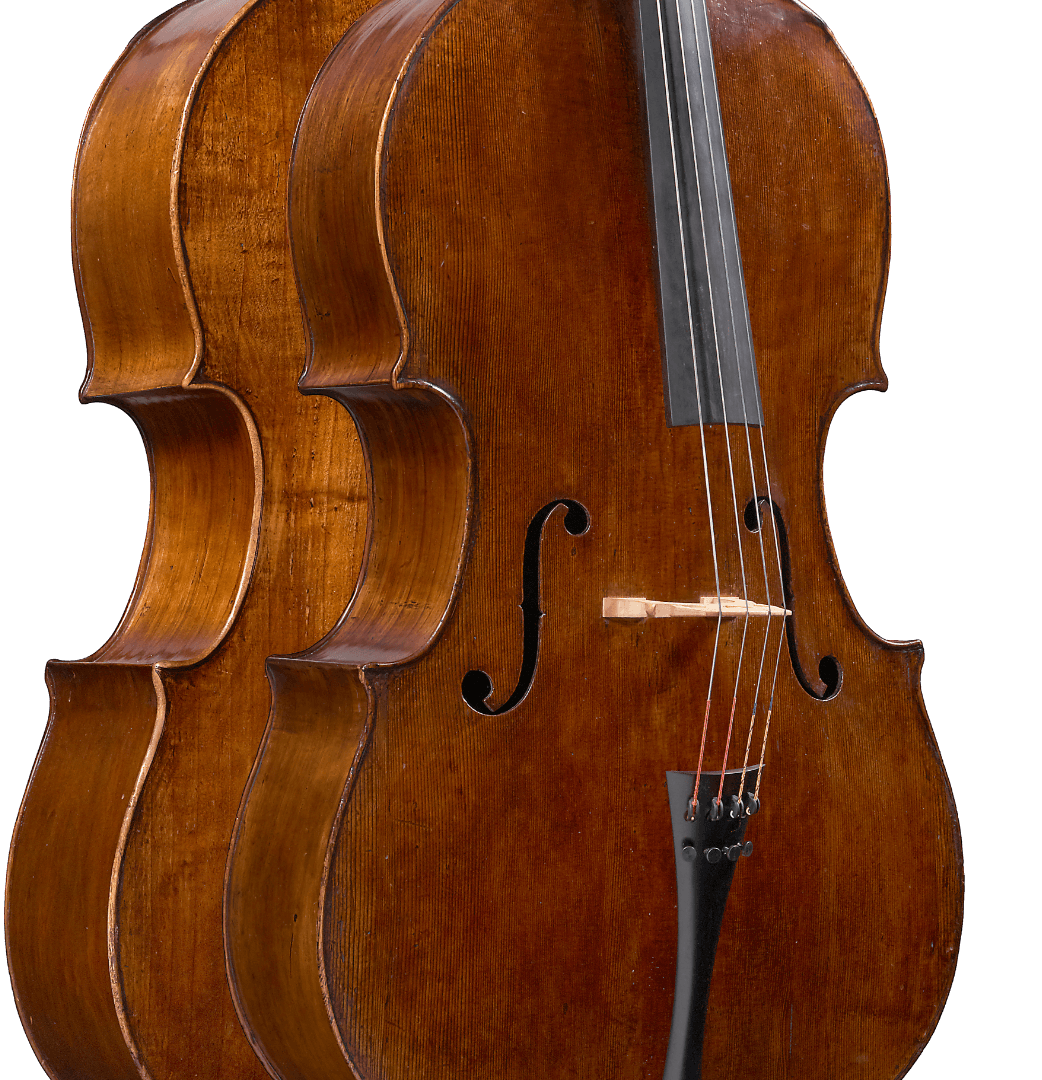The cost of a professional violin can vary greatly depending on numerous factors such as the maker, materials, craftsmanship, and age of the instrument. For musicians who are serious about their art, a professional violin is more than just a tool—it’s an investment in their sound and future performances. Understanding what influences the cost of a professional violin will help you make an informed decision when purchasing one.

Key Factors That Determine the Cost of a Professional Violin
- Maker and Reputation: One of the most significant factors affecting the cost of a professional violin is the maker’s reputation. Violins crafted by legendary luthiers such as Antonio Stradivari, Giuseppe Guarneri, and Jacobus Stainer are among the most expensive and sought-after in the world. These antique violins can command millions of dollars due to their historical significance, exceptional tonal quality, and craftsmanship. On professional violin cost the other hand, violins made by modern, highly skilled luthiers can still reach significant prices, particularly if the luthier is well-regarded within the professional music community.
- Age and Condition: Age plays a critical role in the cost of a professional violin, especially for antique instruments. Older violins, particularly those made by famous luthiers, are often prized for their improved tonal quality over time. However, the condition of the violin is equally important. Violins that have been well-preserved or expertly restored are typically more valuable than those with significant damage or wear. For modern violins, while they may not have the same historical value, their condition and how well they have been maintained still greatly affect their price.
- Materials and Craftsmanship: The materials used in a violin’s construction significantly affect its price. Top-quality spruce is typically used for the top plate, while maple is commonly used for the back, sides, and neck. The wood’s age, grain, and quality are essential in producing a superior instrument. Additionally, the craftsmanship involved in creating a professional violin is an important cost factor. Luthiers who dedicate years to mastering the art of violin-making create instruments with meticulous attention to detail, which can raise the cost considerably.
- Provenance and History: A violin’s provenance—its ownership history and any notable performances or musicians who have used it—can significantly impact its price. Instruments that have been owned by famous musicians or played in historical concerts often carry higher value, making them more expensive to purchase. The history of a violin can add both sentimental and financial worth.
Price Ranges for Professional Violins
- Entry-Level Professional Violins: For those entering the professional world or upgrading from student-level instruments, violins typically range from $3,000 to $10,000. These violins are often made by skilled contemporary luthiers and offer good sound quality, playability, and durability without the high price tag of antique or renowned maker violins.
- Mid-Range Professional Violins: Violins priced between $10,000 and $30,000 are generally made by respected luthiers and offer superb sound and craftsmanship. These instruments are ideal for professional musicians who need a reliable violin for concert performances but don’t have the budget for top-tier antique or famous maker violins.
- High-End Professional Violins: High-end violins can range from $30,000 to $100,000 or more. These violins are typically crafted by world-renowned luthiers or are antique instruments with a rich history. They offer exceptional sound, projection, and playability, making them ideal for accomplished musicians who seek the best possible instrument for performances.
- Rare and Antique Violins: Some of the most expensive violins in the world can fetch millions of dollars at auctions. Violins by Stradivari and Guarneri, for example, have sold for astronomical prices, often due to their age, rarity, and exceptional tonal qualities. These violins are often purchased by collectors or elite musicians and are seen as both musical and financial investments.
Conclusion
The cost of a professional violin is influenced by a variety of factors including the maker’s reputation, the age and condition of the instrument, the quality of materials and craftsmanship, and the violin’s provenance. Prices can range from a few thousand dollars for entry-level professional instruments to several million for rare antique masterpieces. Whether you’re a budding professional or an established musician, choosing the right violin involves balancing sound quality, playability, and budget. Investing in a professional violin is an important decision, and understanding the factors that impact cost will help you make an informed choice.
